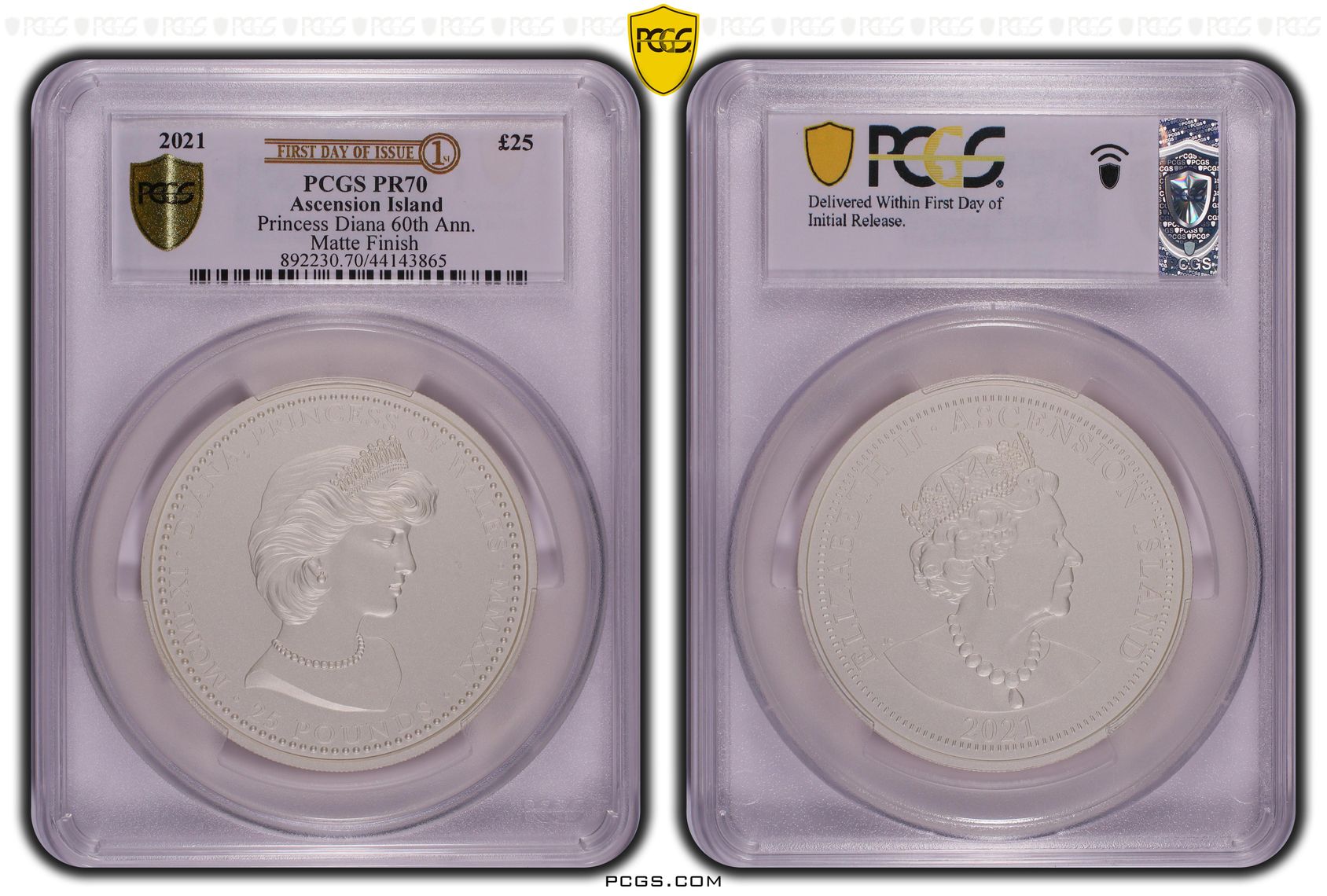A Guide to Craft of Coin Hunting: Identifying Rare Treasures effortlessly Simplicity
Numismatic collecting is a captivating hobby that attracts collectors of various ages. Among the multitude of coins available, scarce U.S. coins hold a unique allure, drawing collectors into the exciting quest for unique pieces that narrate a tale of history, heritage, and craftsmanship. From coin errors to limited editions issued for specific events, identifying these rare gems is an art that blends expertise, perseverance, and sharp observational skills.
For anyone looking to dive into the realm of coin hunting, grasping what makes a coin valuable is essential. Whether you are sifting through coins from your pocket or exploring antique shops, having a good understanding of key identification techniques can greatly enhance your chances of uncovering valuable objects. With a bit of research and practice, you can cultivate the skills needed to spot those concealed gems among a ocean of common currency.
Understanding Currency Scarcity
Currency scarcity can be defined through elements like production quantity, interest, and quality. A currency produced in few numbers tends to be usually much sought after for collectors, as fewer items are available in the market. In addition, currencies with historical significance and are tied to important events may attract greater interest, which also boosting their rarity. As a collector, grasping the basics of production data and historical context stands as vital to identifying possibly valuable coins.
Condition is just as vital in assessing rarity. Coins are graded based on their state of preservation, where better conditions commanding higher values. The Sheldon grading scale is used to grade currencies, ranging from bad to mint state. Coins exhibiting minimal wear and maintain their initial luster are categorized as high grade, which makes them increasingly desirable. Familiarizing yourself with the evaluation methodology may assist you identify rare coins in your collection or during your searches.
One more aspect to think about involves the interest for particular kinds of currencies currently. Market trends can shift, impacting the collecting appeal and value of certain items. Scarce coins can fluctuate in desirability based on collector interest, economic conditions, and emerging trends within the coin collecting community. Staying informed about current market conditions can help in identifying which rare U.S. currencies may be worth collecting.
Popular Unique U.S. Coins
One of the most desired rare U.S. coins is the V.D.B. 1909-S penny. This coin was produced in San Francisco and features the artist's initials, V.D.B., on the reverse side. Its restricted production and the fact that a large number were melted down shortly after minting make it a cherished possession among collectors. The demand for this penny continues to rise, especially in premium conditions, driving its value into the thousands.
Another noteworthy piece is the 1913 Liberty Head nickel. Only a handful of known examples of this coin exist, and its enigmatic history adds to its allure. At first, it was not part of the official minting process, as the design was replaced by the Indian Head nickel. The rarity and unique story behind this coin have made it one of the most celebrated and valuable coins in U.S. history, with prices hitting millions at auction.
The Flowing Hair from 1794 silver dollar is also significant. Often considered the premier dollar coin ever struck by the U.S. Mint, this coin has an important place in American numismatic history. Its historical significance, along with its scarce mintage and surviving examples, has turned it into a collector's dream. Top-quality versions can command notable premiums at auctions, illustrating the appeal of early American currency to enthusiasts.
Tips for Identifying Rare Coins
As you begin hunting for rare U.S. coins, the first tip is to familiarize yourself with the different types and varieties that are available. Educate rare u.s. certified coins about notable coins that are known for being rare, such as the 1909-S V.D.B. penny or the 1913 nickel. Resources like guidebooks and online databases can provide essential information on what makes a coin valuable. Understanding the historical background and details surrounding these coins can greatly enhance your ability to spot them.
The next tip is to pay attention to the condition of the coins you find. Rare coins that are in excellent condition tend to be far more coveted than those that show signs of extensive wear and tear. Look for signs of shine and detail, as well as any distinctive marks or flaws that can point to a specific variety. Using a loupe can help you analyze the coins more closely, allowing you to recognize key features that set rare coins apart from more common examples.
In conclusion, consider connecting with other collectors and joining local coin clubs. Engaging with experienced collectors can provide perspectives that you might not discover in books or online. They can offer tips on spotting rare coins, inform you about forthcoming coin shows, and even help verify coins you might be unsure about. Building relationships within the coin-collecting community will enhance your ability to recognize rare U.S. coins efficiently.
